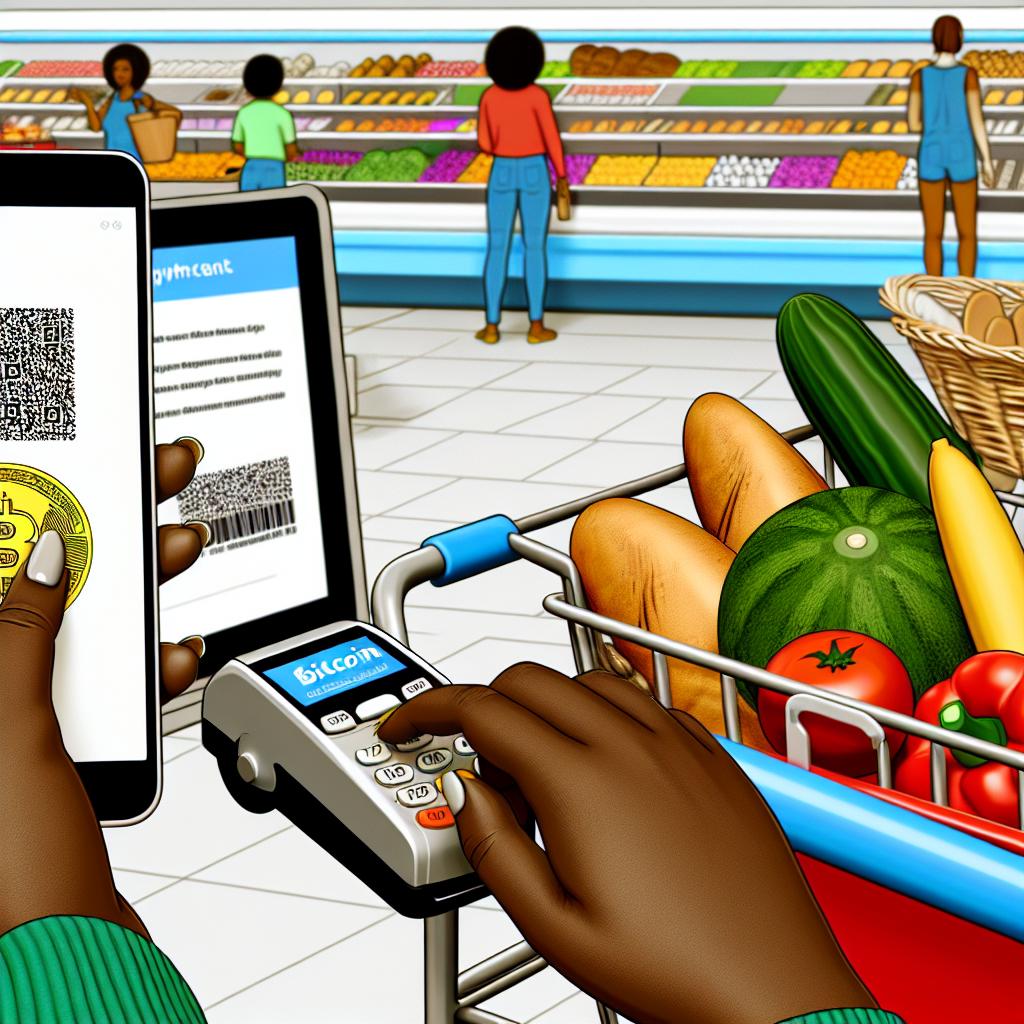Introduction
Cryptocurrencies have emerged as an increasingly popular means of payment over the past few years. With their digital nature, they provide an alternative to traditional currencies that appeal particularly to tech-savvy users and those interested in financial innovation. However, like any other payment method, using cryptocurrencies involves weighing both advantages and disadvantages. Understanding these facets is crucial for anyone considering adopting cryptocurrencies for everyday transactions.
Advantages of Using Cryptocurrency for Payments
Decentralization
One of the most significant advantages of cryptocurrencies is their decentralized nature. Unlike traditional currencies regulated by central banks, cryptocurrencies operate over a decentralized network powered by blockchain technology. This decentralization eliminates the need for an intermediary bank or authority to verify transactions, potentially leading to greater financial independence. It also enhances the global accessibility of financial services, as no single entity can influence or restrict the use of cryptocurrencies, thereby emphasizing user autonomy.
Low Transaction Fees
Transaction costs associated with cryptocurrencies are generally lower than those linked to traditional payment methods, which makes them attractive for a variety of users, especially in international contexts. Cross-border transactions in fiat currencies often incur high fees due to currency conversion and intermediary bank charges. Cryptocurrencies often minimize such fees by eliminating middlemen, thus making international payments more cost-effective for both businesses and individuals.
Speed of Transactions
Another notable advantage of using cryptocurrencies is the speed of transactions. In traditional banking systems, especially for international transactions, payment processes can take several days to be completed. In contrast, cryptocurrency transactions can be completed in a matter of minutes, regardless of the geographical locations of the parties involved. This aspect is particularly beneficial for businesses seeking to optimize cash flow and individuals looking to make quick payments without waiting for bank processing times.
Security and Privacy
Cryptocurrencies employ cryptographic principles to secure transactions, offering a heightened level of security compared to conventional payment methods. Each transaction is encrypted and added to a blockchain, an immutable ledger that ensures data integrity. Furthermore, transactions involving cryptocurrencies can be conducted with a significant degree of privacy. Unlike traditional banking transactions, crypto transactions do not necessarily require disclosure of personal information, thus making it difficult to trace payments back to the individuals involved. This feature can be particularly appealing to users concerned about privacy and data protection.
Disadvantages of Using Cryptocurrency for Payments
Volatility
While the innovative nature of cryptocurrencies is appealing, one of their most prominent drawbacks is their inherent volatility. The value of cryptocurrencies can experience dramatic fluctuations over short periods, leading to potential risks and uncertainties for both payers and recipients. An agreed payment value in cryptocurrency can differ significantly from the time a transaction is initiated to when it is completed due to volatile market conditions. This unpredictability can be challenging for users looking for stability in their payment methods.
Lack of Regulation
Cryptocurrencies operate in an environment that largely lacks regulation, which can be perceived as both an advantage and a drawback. On one hand, the absence of regulation means users have more freedom and fewer government interventions. On the other hand, this lack of oversight can expose users to potential risks, such as fraud and scams. Legal ambiguity further contributes to this challenge, as the legal status of cryptocurrencies varies across different regions, potentially resulting in legal complications or uncertainties for users engaging in transactions.
Limited Acceptance
Despite their increasing popularity, cryptocurrencies have yet to achieve widespread acceptance as a form of payment. Many merchants, service providers, and retailers still do not recognize or accept cryptocurrencies, resulting in limited utility for everyday transactions. Until cryptocurrencies are more broadly accepted, users may find themselves needing to convert digital assets back into fiat currencies to conduct a variety of everyday purchases. This requirement for conversion can add an additional layer of complexity and inconvenience for users.
Complexity and Learning Curve
The process of engaging with cryptocurrencies can be technically complex and intimidating for those unfamiliar with the technology. Buying, storing, and utilizing cryptocurrencies necessitates an understanding of digital wallets, private keys, and blockchain technology. For certain users, this learning curve can be a deterrent. Additionally, managing a cryptocurrency wallet and ensuring its security requires a level of technical expertise and vigilance that might discourage potential users, particularly those who are not tech-savvy.
Conclusion
Cryptocurrencies offer an intriguing and modern alternative to traditional forms of payment, presenting several advantages such as decentralization, the potential for reduced fees, and faster transaction speeds. However, they come with their share of challenges, including notable volatility, limited acceptance across merchants, and the complexity associated with their use. As the adoption of cryptocurrencies continues to evolve, potential users must carefully consider these pros and cons to determine whether cryptocurrencies align with their payment preferences and needs. Understanding and adapting to the dynamic nature of the cryptocurrency landscape remains crucial for anyone considering their use in financial transactions.
This article was last updated on: March 6, 2025





